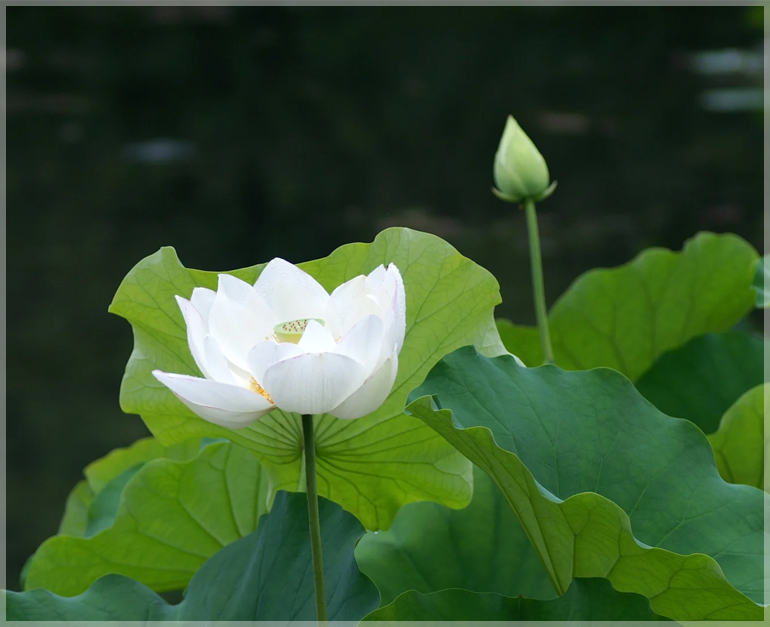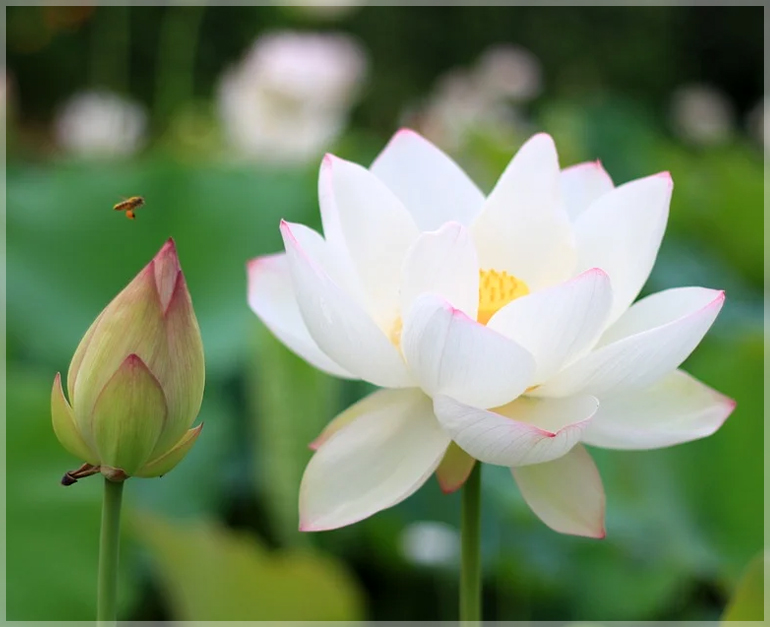Total ₹305.00
Shop
Lotus Seeds (White) – (Pack of 10 Seeds)
₹55.00
Lotus flowers are unique and beautiful flowers. The flowers have a strong will to survive and an incredible daily life cycle. Lotus plant is an aquatic flowering plant in the family of Nelumbonaceae. Lotus is the national flower of India and plants can be easily grown at home indoors.
Availability:Out of stock
SEED TYPE : Open Pollinated
PLANT TYPE : Perennial
FLOWER COLOR : White
SOWING TIME: All Season
SOWING METHOD : Transplanting
GERMINATION TIME : 7 – 10 Days
GROWING CONTAINER : 12 -16 inch height pot / Garden bed
GROWING MEDIA : 1 part Clay Soil 1 part Vermicompost
FLOWERING : 1 Years After Sowing
DESCRIPTION :
When growing lotus from seed, you will notice that the Nelumbo seed is oval and about the size of a shelled peanut or round and about the size of a pea. One end of the seed has a point and the other end has a slight dimple–the dimpled end is where the seed was attached to the plant. Seeds can be gray, dark brown or black and the shell is extremely hard. Inside the shell are two brown coats and two cream colored coats. The brown seed coats are almost impermeable to water. This characteristic allows the lotus seed to remain dormant for years (sometimes hundreds of years).
A way to speed up the process of seed germination is to carefully file off the brown coats while preserving the cream colored coats without injuring them. Tightly grip the seed with pliers without cracking the seed, using fine grit sandpaper, gently file away the brown coats to reveal the cream colored coat. Do not injure the cream colored coat as you may break into the cotyledon of the seed, opening the seed to possible fungal infection.
Once you have successfully filed your lotus seed, place it in a container of water indoors, keeping the water temperatures between 70-90 F degrees. After a few hours, the water will turn cloudy or clear tan. Cloudy water is caused by bacteria and the water should be changed often to keep it clean. Clear, tan water seems to suppress the bacteria.
At this point the seeds may swell, although it may take days or weeks for the seeds to sprout. Once the seed sprouts, the stem of the plant will grow towards the surface of the water, unfurling its leaves. The lotus needs no additional nutrition at this point but may be transferred into a wide, shallow container with heavy loam soil outdoors. This container will be used throughout the growing process as the roots cannot be disturbed. Gently place the lotus seedling in the soil and add an inch or two of water above the soil as your lotus grows, taking care to replenish any evaporated water. Your seedling should be placed in a bright, sunny location (8 hours sunlight daily). In a couple of weeks you should have coin leaves growing on the surface of the water, after the coin leaves change into aerial leaves, you may fertilize your lotus with a half dose of fertilizer.
When starting from seed, your lotus will leaf out, sending up leaves , but may not bloom the first year–the reason for this is that the plant is busy making tubers. Tubers are what remain of the plant throughout the winter to begin new growth the following spring! When you start your lotus from tubers, you should definitely have blooms the first year!












Customer reviews
Reviews
There are no reviews yet.
Write a customer review